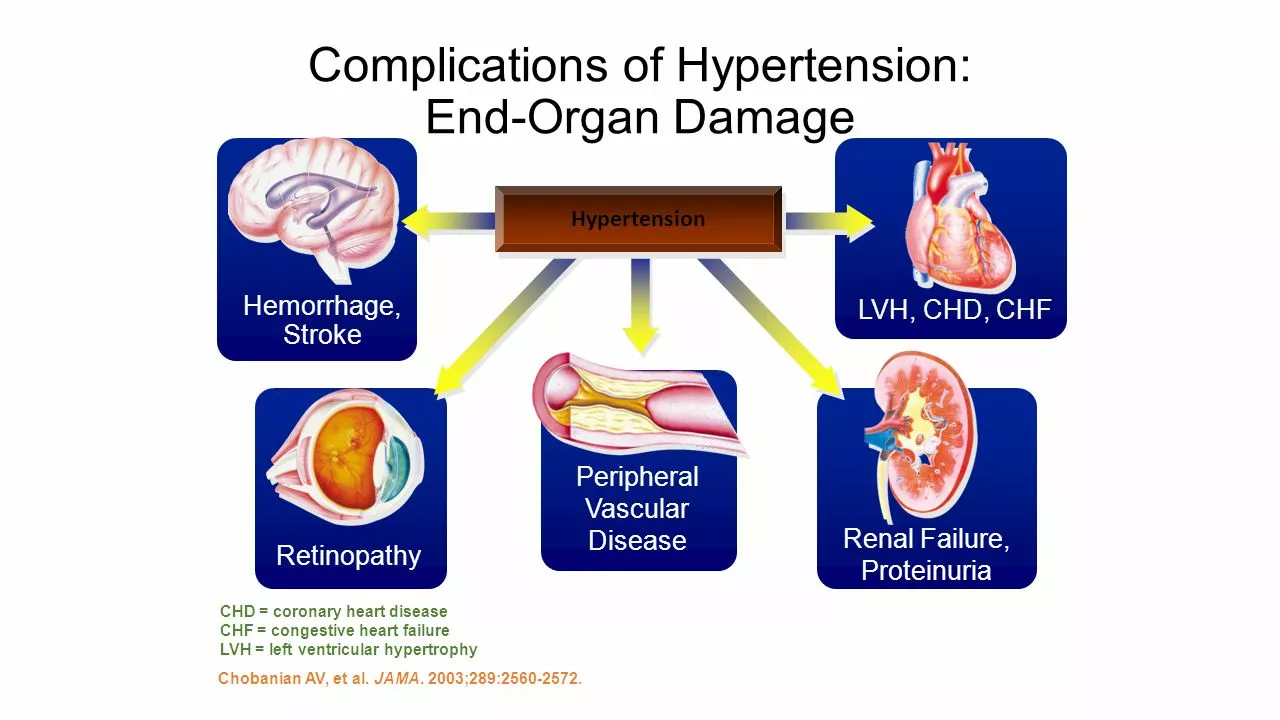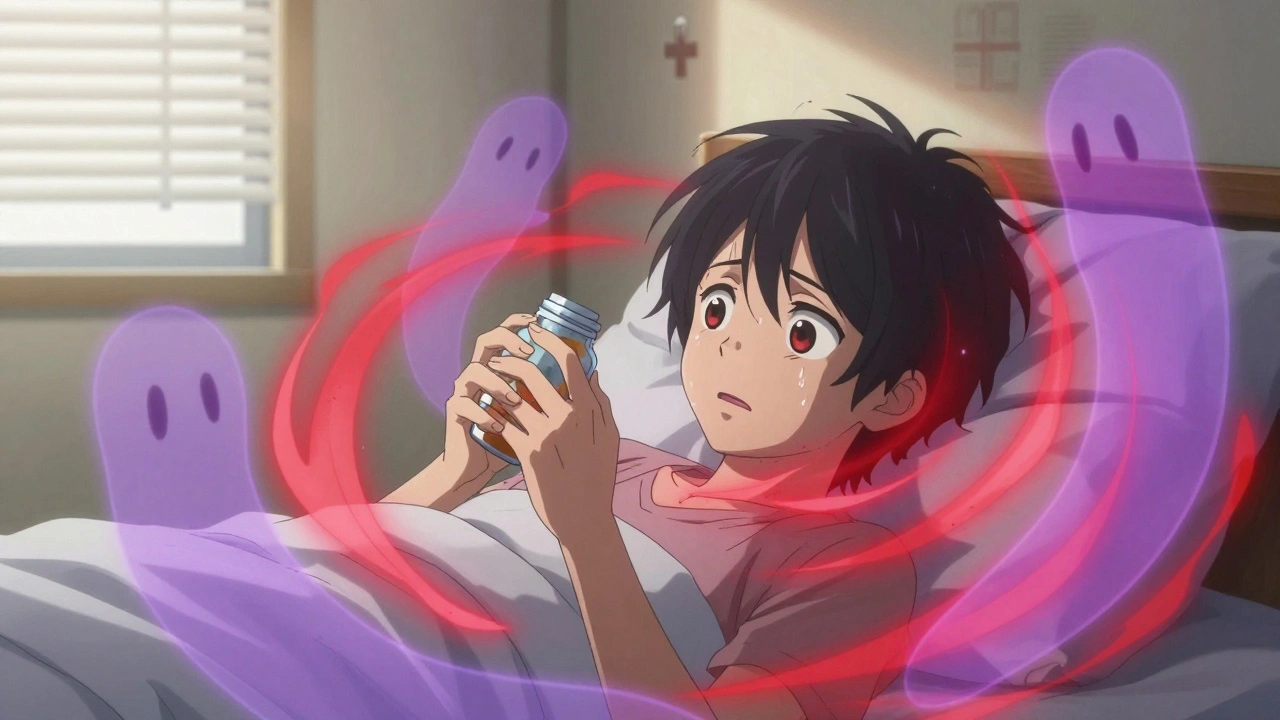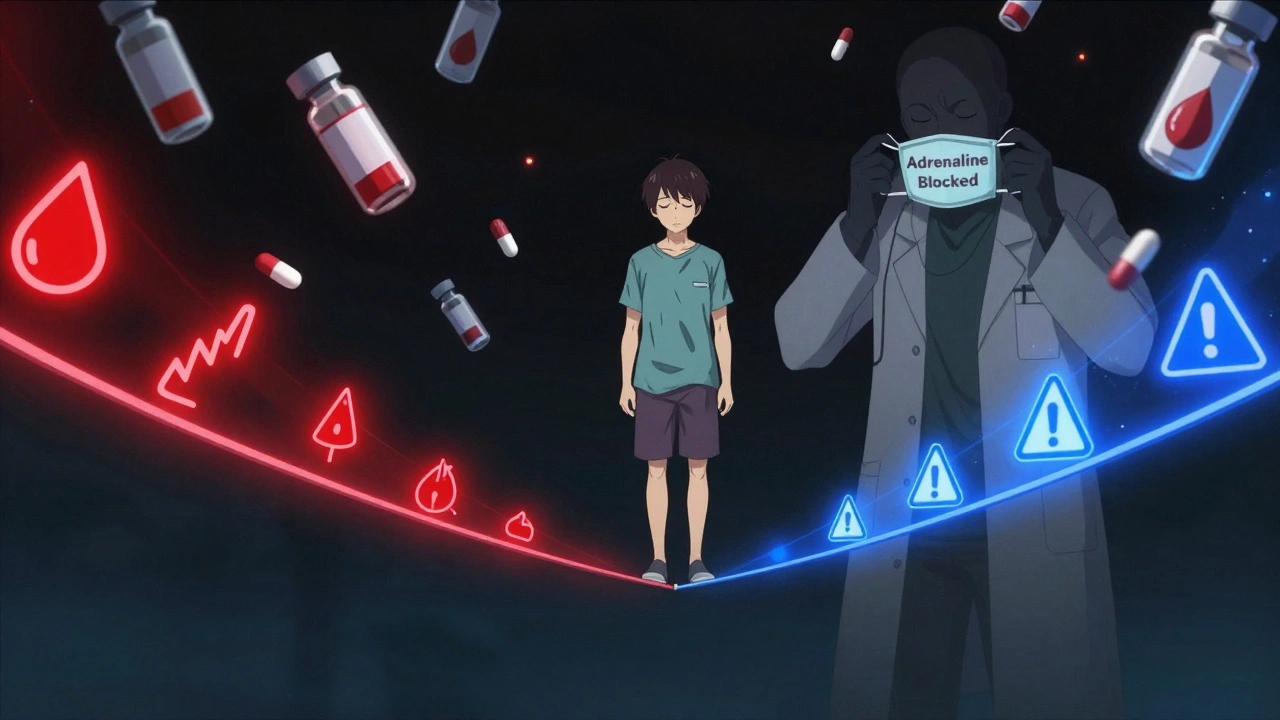Hypertension management: Practical steps to lower blood pressure
High blood pressure is common but controllable. You can cut risk with small daily changes and clear habits. This page gives actionable tips you can use now.
Measure at home. Buy a validated arm cuff and take readings morning and evening, sitting quietly for five minutes. Record values and bring the log to appointments. Home readings help your doctor pick the right treatment and spot patterns that clinic checks miss.
Follow the DASH-style eating plan: more vegetables, fruits, whole grains, and lean protein. Aim to limit sodium to 1,500–2,300 mg per day by cutting processed foods and using herbs instead of salt. Swap sugary drinks for water and reduce added sugar; these changes lower blood pressure and improve weight.
Move daily. Brisk walking for 30 minutes most days lowers systolic blood pressure by several points. Strength training twice a week supports muscle and metabolism. If 30 minutes is hard, break activity into three 10-minute walks-consistency matters more than perfection.
Lose extra weight. Each 1 kg (2.2 lb) you lose can drop blood pressure a little. Set realistic goals like 5–10% of body weight over several months. Small steady losses stick longer than quick fixes.
Limit alcohol and quit smoking. Keep alcohol to one drink a day for women and two for men. Smoking raises blood pressure immediately and damages vessels over time. Ask your care team for programs and medications that help with quitting.
Take medications exactly as prescribed. Many people need two or more drugs to reach targets. If side effects bother you, don't stop — call your prescriber. There are usually alternative medicines or doses that work better for you.
Smart monitoring and when to call your doctor
Know your targets: most adults aim for under 130/80 mmHg if at high risk, but individual goals vary. Contact your doctor if readings stay high after lifestyle changes, if you miss multiple medication doses, or if you get symptoms like chest pain, shortness of breath, severe headache, or sudden weakness.
Daily habits that add up
Manage stress with sleep, breathing, and routine. Aim for 7 hours of quality sleep and try simple breathing exercises for five minutes when tense. Track potassium-rich foods like bananas, beans, and spinach-potassium helps balance sodium and can lower pressure when diet supports it.
Finally, make a plan with your healthcare team. Regular follow-up, clear goals, and a written plan make sticking to treatment easier. Small, steady steps-measuring, moving, eating better, and taking meds-add up to big benefits for heart and kidney health.
Watch drugs and over-the-counter meds. NSAIDs like ibuprofen can raise blood pressure so avoid regular use and ask your doctor about pain relief. If you start an ACE inhibitor or ARB, expect a lab check of potassium and kidney function within 1–2 weeks. Take medicines at the same time daily-linking them to a habit like breakfast helps. When traveling, carry enough pills plus a copy of prescriptions in your carry-on.
Ask your care team any questions.
How to Safely Combine Azilsartan with Lifestyle Changes for Hypertension Management
Managing hypertension can be a bit of a challenge, but with the right approach, it's definitely doable. I've discovered that combining the use of Azilsartan with certain lifestyle changes can make a huge difference. It's all about maintaining a healthy diet, regular physical activity, and minimizing stress. However, it's crucial to take Azilsartan under medical supervision as it can have side effects. Remember, consistency is key and it's about balancing medication with lifestyle adjustments in a safe manner.






